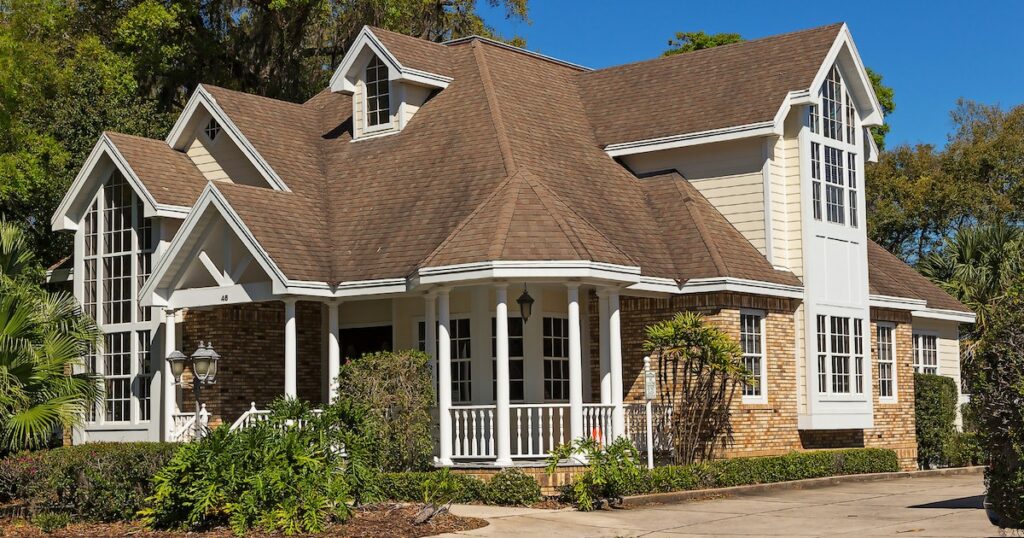Learn About Roof Financing: 8 Options to Consider

2. Home equity line of credit
In contrast to a home equity loan, which is disbursed in one lump sum, a home equity line of credit (HELOC) creates a revolving credit account that functions similarly to a credit card. In the same way that you can borrow up to 85% of your house’s value with a home equity loan, you can borrow up to 85% of your home’s value minus your mortgage balance with a HELOC.
A HELOC gives you access to a line of credit with a predetermined spending limit and the flexibility to pay it back over time at your own pace, with or without interest, as long as you maintain a minimum payment each month. This “draw period,” which typically lasts 10 years, can be extended indefinitely.
Any remaining balance after the draw period must be paid in full, either in a single lump sum or on a schedule of fixed monthly installments. Home equity lines of credit (HELOCs) typically offer adjustable interest rates, with introductory periods of low rates (typically the first year) followed by considerable yearly rises for the borrower.
Considering that, plus the fact that the amount of any rotating account can fluctuate, it can be difficult to estimate the total cost of a HELOC. In some cases, you may be eligible to deduct the interest you pay on a home equity line of credit (HELOC) used to pay for roofing repairs (or any other home improvement project). Talk to a financial advisor, just as you would for a HEL, to see whether you qualify.
3. Cash-out refinance
To do a cash-out refinance, you will need to obtain a new mortgage for a portion or all of your home’s current market value, pay off your current mortgage, and then use the remainder of the funds to pay for any expenses or investments you like.
It’s up to you how you choose to spend the money, although it might be used to fix your roof or make other necessary house improvements. If you are able to acquire a new mortgage at a much lower interest rate than your previous mortgage, or if you are replacing a variable-rate mortgage with a fixed-rate loan, then a cash-out could be a great financial move.
Nevertheless, if you extend the term of your mortgage by taking out a new loan, you may end up spending more money on the home than you would have under the original loan. This is because of closing costs and interest accrued during the longer term.
You should be aware that the added expense may be justified if a new roof is included in the deal. Being approved for a cash-out refinance is quite similar to getting a mortgage to buy a home. In most cases, the closing process will take between 30 and 45 days from the moment you provide proof of income and spending to the lender.


